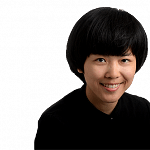-
VIEW IT / SINGAPORE BIENNALE: AN ATLAS OF MIRRORS
-
WHERE: Various locations, but mainly Singapore Art Museum, 71 Bras Basah Road; and SAM at 8Q, 8 Queen Street
WHEN: Thursday to Feb 26, 10am to 7pm (Saturdays to Thursdays), 10am to 9pm (Fridays)
ADMISSION: $15 (adults) and $7.50 (students and senior citizens) for Singapore citizens and permanent residents; otherwise, $20 (adults) and $10 (students and senior citizens)
Singapore Biennale: Take a 360° video tour of the works
Art pieces of the fifth edition of the Singapore Biennale reflect the theme An Atlas Of Mirrors

Ten years after its first edition, the Singapore Biennale is coming into its own identity - one with a focus on contemporary art in South-east Asia and an interest in fostering a deeper understanding of the culture and histories of its neighbours.
When it opens on Thursday, the biennale, this year titled An Atlas Of Mirrors, will exhibit works that map and reflect the complex social, political, geographical and historical relationships shared by people and places in Asia. Its aim is to help viewers consider how they picture the world and themselves from where they stand.
The show is organised by the Singapore Art Museum and held at eight exhibition venues. It will feature 58 works of art by 63 artists and artist collectives from 19 countries and territories in the region. Be immersed in some of the highlights in 360 degrees here: http://str.sg/360sb16.
When it launched in 2006, the biennale, then organised by the National Arts Council, was an international exhibition that cast its net across 38 countries and regions and featured 198 works by 95 artists and artist collectives in 19 exhibition venues around Singapore.
This year's fifth edition may be more modest in size, but numbers do not tell the full story, says Ms Tan Siuli, the biennale's curatorial co-head.
"The quality of the biennale experience, rather than a numbers game, was foremost in our minds," she says. And it will be extremely rich and varied, she adds, because the artists have responded to the theme in "beautiful and wonderfully imaginative ways".
An installation called Noah's Garden II by Chinese artist Deng Guoyuan, for example, is a glasshouse made of mirrors, with vividly painted plants and ornamental stones placed in the space. The kaleidoscopic environment conjures up the dazzling and dizzying experience of discovering the unknown.
Chinese artist Qiu Zhijie's work, titled One Has To Wander Through All The Outer Worlds To Reach The Innermost Shrine At The End, on the other hand, features glass sculptures of chimerical beasts standing watch over hand-painted maps of imaginary and real lands. It alludes to how early adventurers, while driven by curiosity and attracted to mysterious lands, would halt their explorations when they encountered strange creatures.
Singapore artist-curator Michael Lee, who is an associate curator of this year's biennale, says the exhibition's move from an outlook that was international in its first three editions to a regional focus since the last edition in 2013, has allowed it to be more introspective and self-directed.
And although it is sticking with a regional approach, it has not stayed stagnant, he says. In 2013, the biennale highlighted artists practising away from the usual capitals of art in South-east Asia. This time, the scope has been extended beyond South-east Asia to include East Asia and South Asia.
Broadening the context of the biennale has an added perk. Independent curator Suman Gopinath, who is based in Bangalore and is also an associate curator for this biennale, says: "It brings together a variety of art practices and opportunities for research and long-term collaborations that can continue even after the biennale comes to an end."
Mr Lee says the presentation of the Benesse Prize in conjunction with this edition of the biennale is also a mark of how far the exhibition has come. The prize is sponsored by Benesse Holdings, a Japanese company whose business interests include the fields of education, leadership training, lifestyle and nursing care.
The prize was launched in 1995 at the prestigious Venice Biennale and, until 2013, had been awarded in conjunction with the biennale in Italy.
This time, it will be given to one artist participating in the Singapore Biennale. It comes with a cash reward of three million yen (S$40,000) and a commission to create a work to be exhibited at Benesse Art Site Naoshima, a well-known art project on the small islands of Naoshima, Teshima and Inujima in Japan.
The biennale's offering is bolstered by affiliate exhibitions at Gillman Barracks, the Institute of Contemporary Arts Singapore at Lasalle College of the Arts and the independent art space Deck in Prinsep Street.
Some artists participating in the biennale will also hold performances during the opening weekend.
Malaysian-born artist Chia Chuyia, who lives and works in Sweden, will knit a garment out of leeks to raise issues about protecting the environment and land, as well as highlight the connection between tradition and the future.
For his performance art piece, Malaysian artist Azizan Paiman will operate a cafe in the plaza of Singapore Art Museum's annexe building in Queen Street as a social experiment to expose the forces that influence people's perception and understanding of things.
9 Singapore Biennale works to catch
1

Recommends: Sugoroku - Anxiety Of Falling From History, 2016, by Nobuaki Takekawa from Japan
Where: SAM at 8Q, 8 Queen Street
Why: Artist Takekawa, who has an interest in maps, continues experimenting with that motif in this installation. The work comprises a set of tables holding board games and maps; a glass rocket model; and a series of paintings and prints on the walls, touching on the historical and social themes of the work.
The board games, which feature images of space travel and technological discoveries, are a throwback to the 1950s and 1960s, when the Japanese economy was quickly developing and scientific innovations captured the imaginations of children.
Takekawa, however, is cynical about that past and how people then were concerned only about economic development and ignored Japan's socio-historical problems arising from its World War II defeat. He uses his playful and witty work to get people to ponder inconvenient truths about the social issues that the country faces.
2
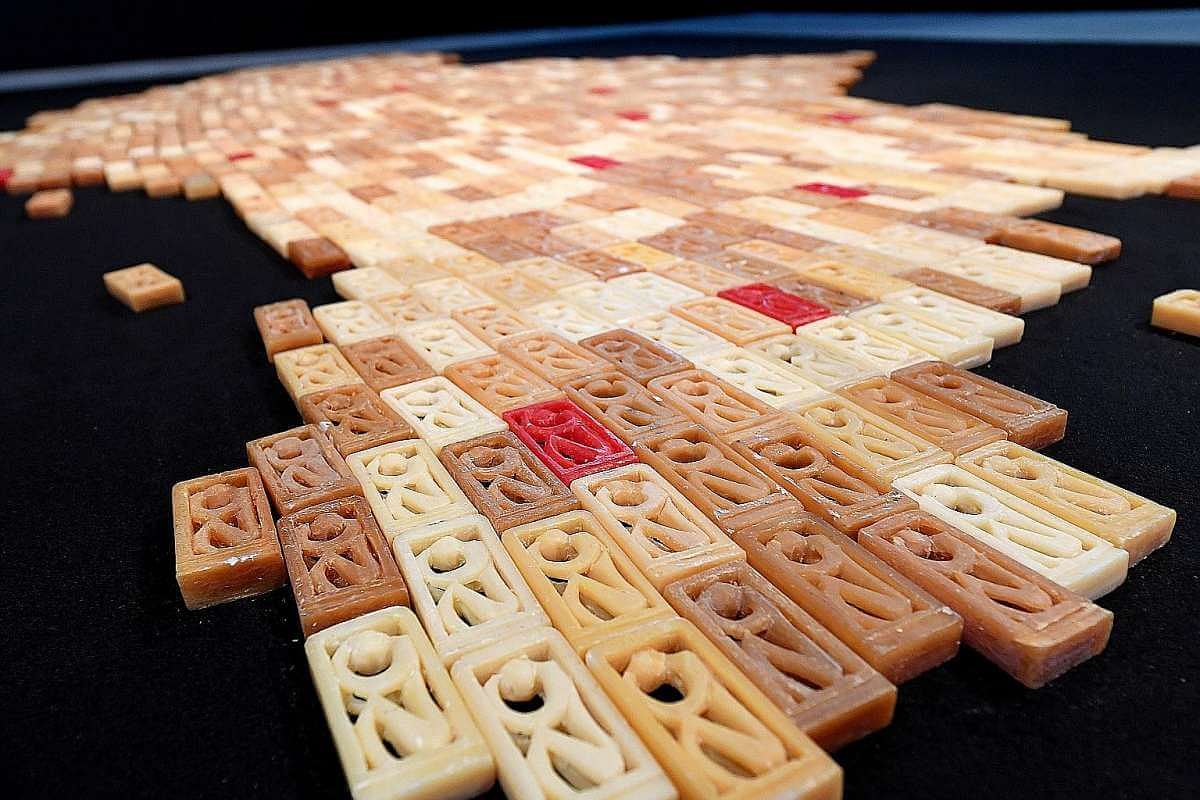
Who: Ms Andrea Fam, Singapore Art Museum assistant curator
Recommends: Soap Blocked, 2016, by Htein Lin from Myanmar
Where: SAM at 8Q
Why: Soap Blocked revisits both a time and place in Myanmar's history that was, until recently, considered taboo.
The work was conceptualised by artist Htein Lin while he was in prison from 1998 to 2004 due to his involvement in student protests.
In prison, he made works of art from things available to him, such as a soap carving of a human figure hunched over and trapped within the claustrophobic confines of four walls.
Soap Blocked recalls his experience then. It comprises 1,000 bars of soap, carved in a similar design to the one he first made in prison, and placed on the floor to form the map of Myanmar.
The installation speaks of the conditions in the country during the early 1990s, as well as of art-making as a means for personal and social catharsis.
3
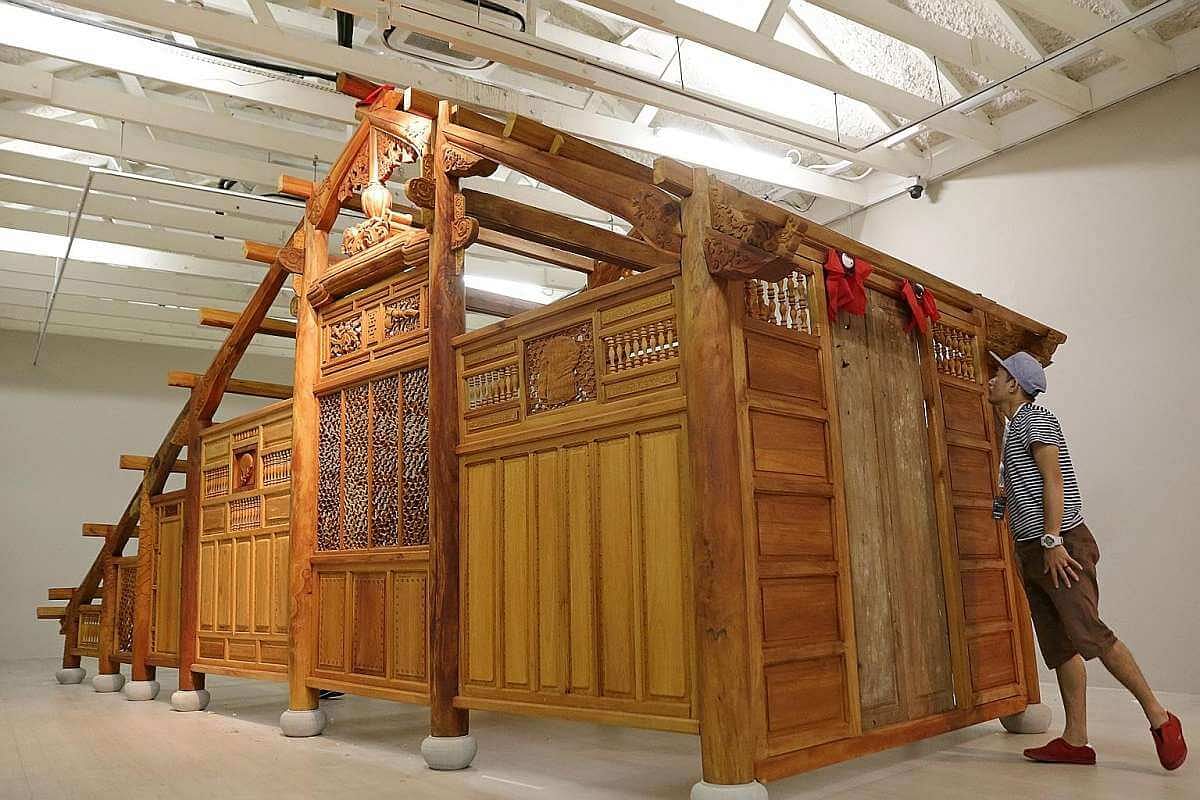
Who: Ms Suman Gopinath, curator based in Bangalore, India, and Singapore Biennale associate curator
Recommends: Dislocate, 2013 to 2015, by Bui Cong Khanh from Vietnam
Where: SAM at 8Q
Why: In this large-scale sculpture made of jackfruit wood, artist Khanh, who is of Chinese ancestry, combines Vietnamese artistry with Chinese craftsmanship, and modernity with tradition.
The work also blends the destructive with the spiritual through the use of elements such as miniature Buddhist pagodas armed with cannons.
Dislocate stands as a testimony to the many narratives and legacies that go into the making of both a national identity and a personal identity. It makes visible the coming together of many worlds and is both physically and conceptually "an atlas of mirrors".
4
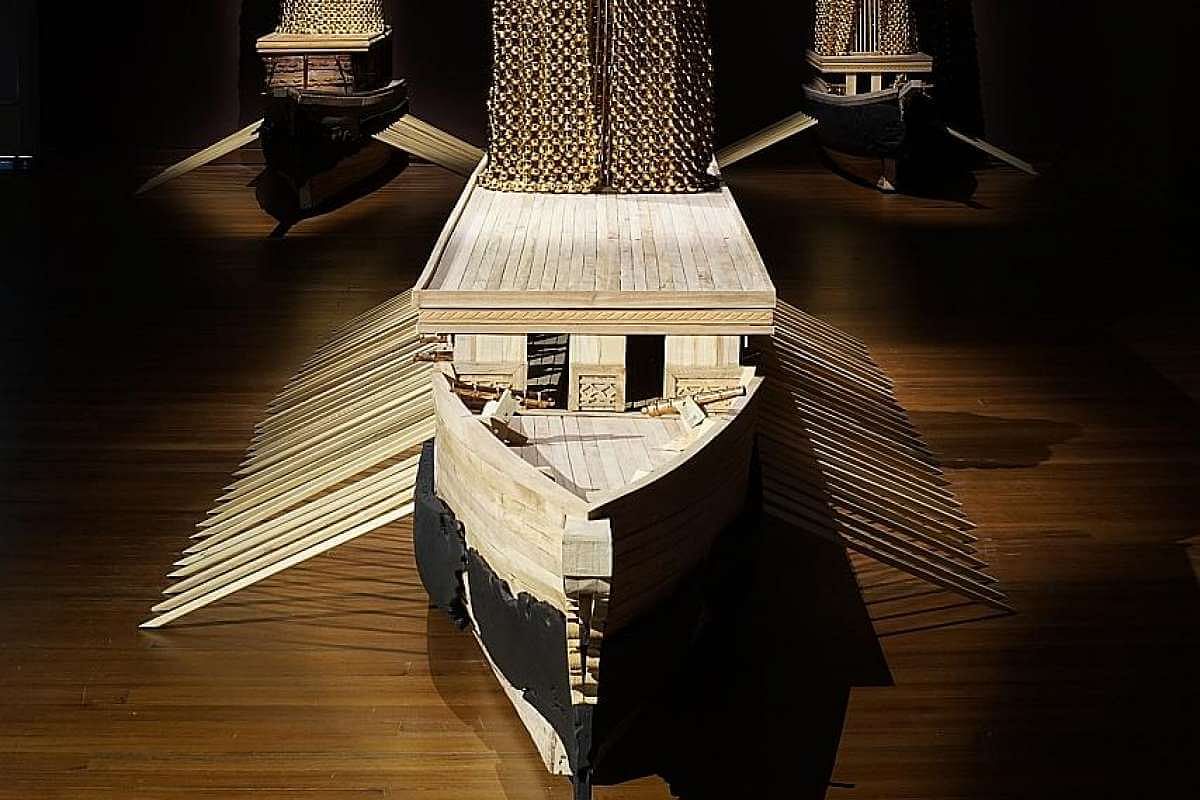
Who: Ms Tan Siuli, Singapore Art Museum curatorial co-head
Recommends: History Repeats Itself, 2016, by Titarubi from Indonesia
Where: Singapore Art Museum, 71 Bras Basah Road
Why: This installation by Indonesian artist Titarubi looks back on Indonesia's colonial past, when the Dutch East India Company fought to control the lucrative spice trade.
The installation, which includes charred remains of ships placed below figures cloaked in golden robes, alludes to the historical defeat of Indonesia's maritime power and the decimation of the country's source of pride by an exploitative enterprise.
The work may present the past as trauma, but it is also a memorial to what has been forgotten over time, such as Indonesia's maritime power.
The ships in the work are also a symbol of the quest to search for answers about the past.
5
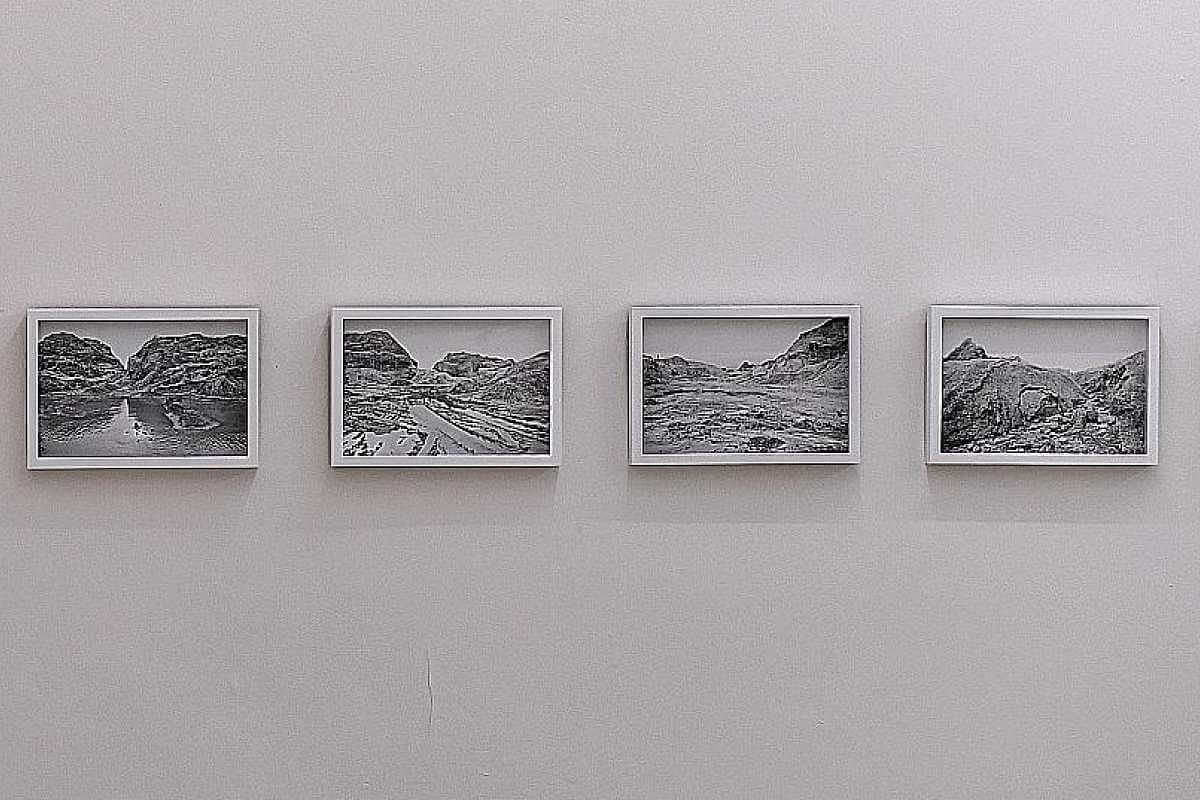
Who: Ms Nur Hanim Khairuddin, artist-curator based in Malaysia and Singapore Biennale associate curator
Recommends: Land Of Undefined Territory, 2014 to 2015, by Munem Wasif from Bangladesh
Where: SAM at 8Q
Why: These black-and-white photographs of hauntingly surreal landscapes are taken by Dhaka-based artist Munem Wasif along the blurred border between Bangladesh and India, a contested territory over which wars have been fought and lives lost.
The pictures explore the relationship between the political and geographical border of a country and the formation of a country's identity.
In particular, the artist shows how a borderland is not only a politically disputed area but also a socially, culturally, ethnically and linguistically undefined territory.
6
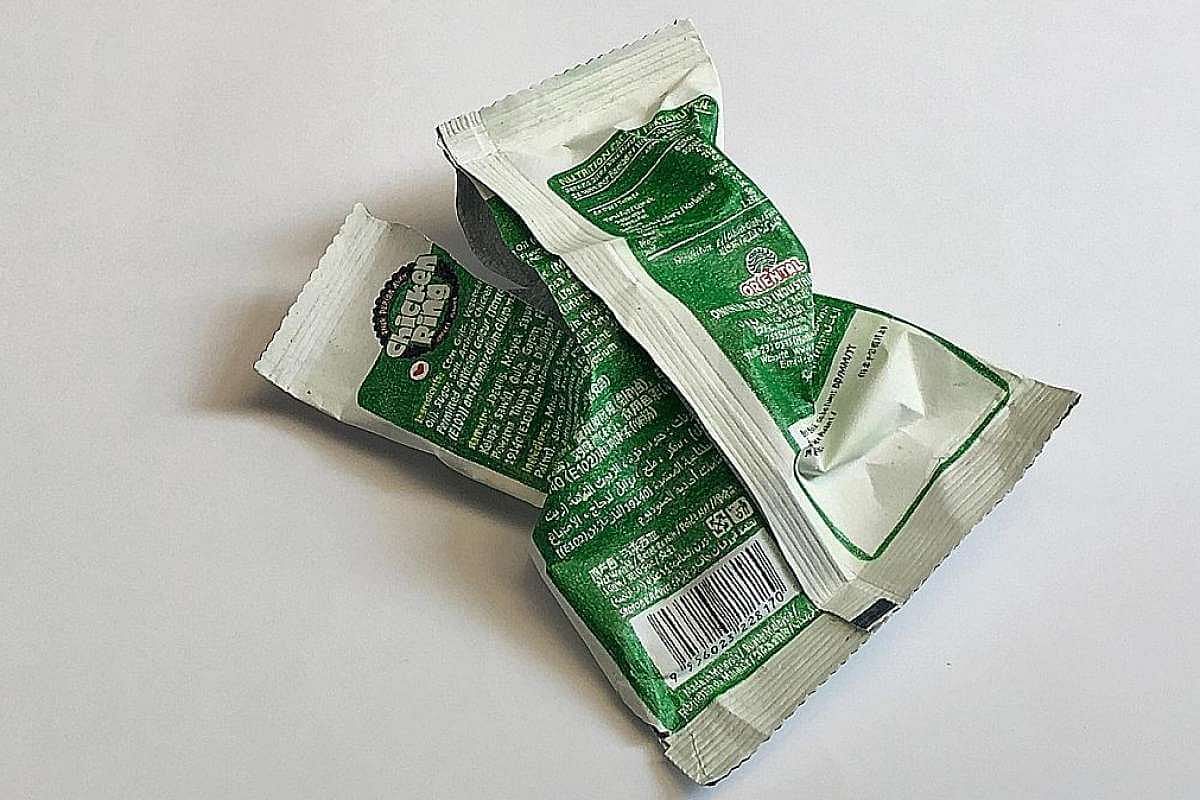
Who: Mr John Tung, Singapore Art Museum assistant curator
Recommends: Rubbish, 2016, by Kentaro Hiroki from Japan
Where: Singapore Art Museum
Why: Artist Hiroki, who lives and works in Bangkok, hand-picks everyday objects discarded on the streets around the Singapore Art Museum, reproduces these items in painstaking detail using paper and presents these hyper-realistic sculptures within the museum.
The work mirrors the rubbish that lay on the streets and is, in part, a critique on consumption and disposal patterns in Singapore.
The art-making process - each item takes up to four days to be formed - is also an act of self-reflection and re-interpretation. Through the artist's detailed study and reproduction of each piece of litter as a work of art, the object's uselessness is replaced with meaning.
7
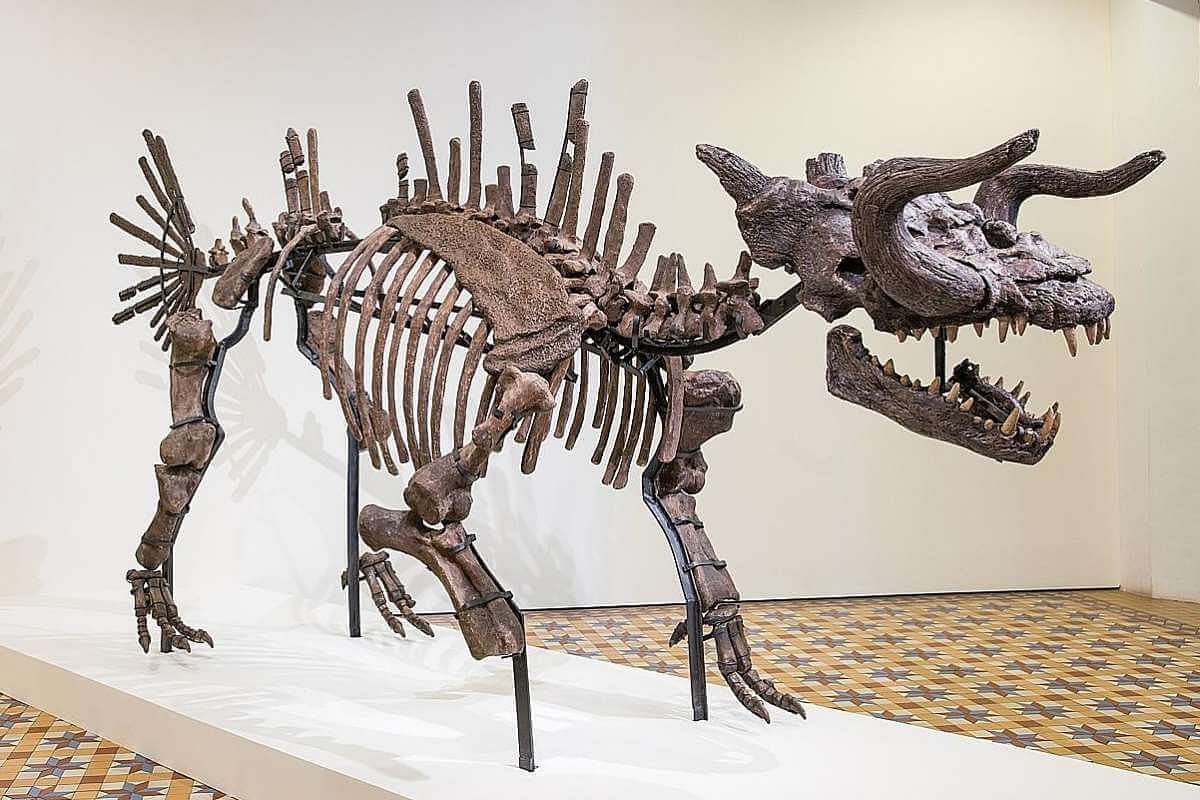
Who: Mr Louis Ho, Singapore Art Museum curator
Recommends: The Skeleton Of Makara (The Myth Of A Myth), 2016, by Tan Zi Hao from Malaysia
Where: Singapore Art Museum
Why: The makara, a mythological beast, is commonly referenced in Hindu iconography.
To give the mythical creature physical form, artist Tan borrows the visual language of paleontology to cast the creature in bone.
His pseudo-scientific imagining of the chimerical beast is an analogy for the act of history-writing: The stories people tell themselves about their past take on a life of their own and, over time, come to obscure the fictive origins that sometimes underlie some of these narratives.
The work also speaks to the broader theme of mythical time in the exhibition. While clocks and calendars may be used to measure time, myths from early history sometimes defy this dimension and persist well into the contemporary.
8
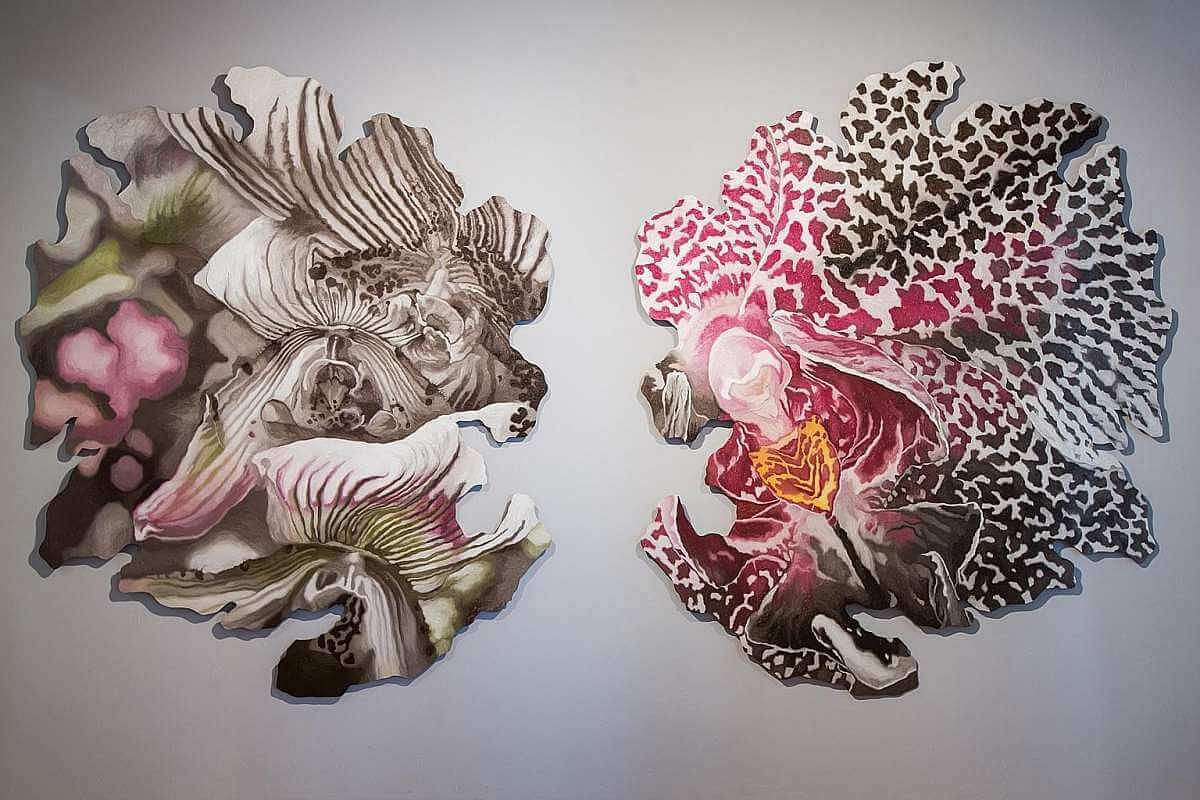
Who: Ms Joyce Toh, Singapore Art Museum curatorial co-head
Recommends: The Hunters Enter The Woods, 2016, by Patricia Perez Eustaquio from the Philippines
Where: Singapore Art Museum
Why: This two-panelled painting, which resembles Rorschach ink blots or island formations, actually depict images of orchids. The left panel is based on the endangered wild orchid Paphiopedilum fowliei, which can be found in the Singapore Botanic Gardens.
The right panel depicts the orchid hybrid, Winter Wedderburn, which was recently named by artist Eustaquio. She had acquired the plant's naming rights as part of this work, which is a Singapore Biennale commission. The name comes from the protagonist of an H.G. Wells short story - an orchid collector who is attacked by a blood-sucking plant he owns.
Orchids, which were once rare specimens and the obsession of flower hunters, are today extensively cultivated. For Eustaquio, they reflect man's contradictory attitude towards the world - at once seeking the thrill and danger of discovering the unique while manipulating and replicating rare objects of desire.
9
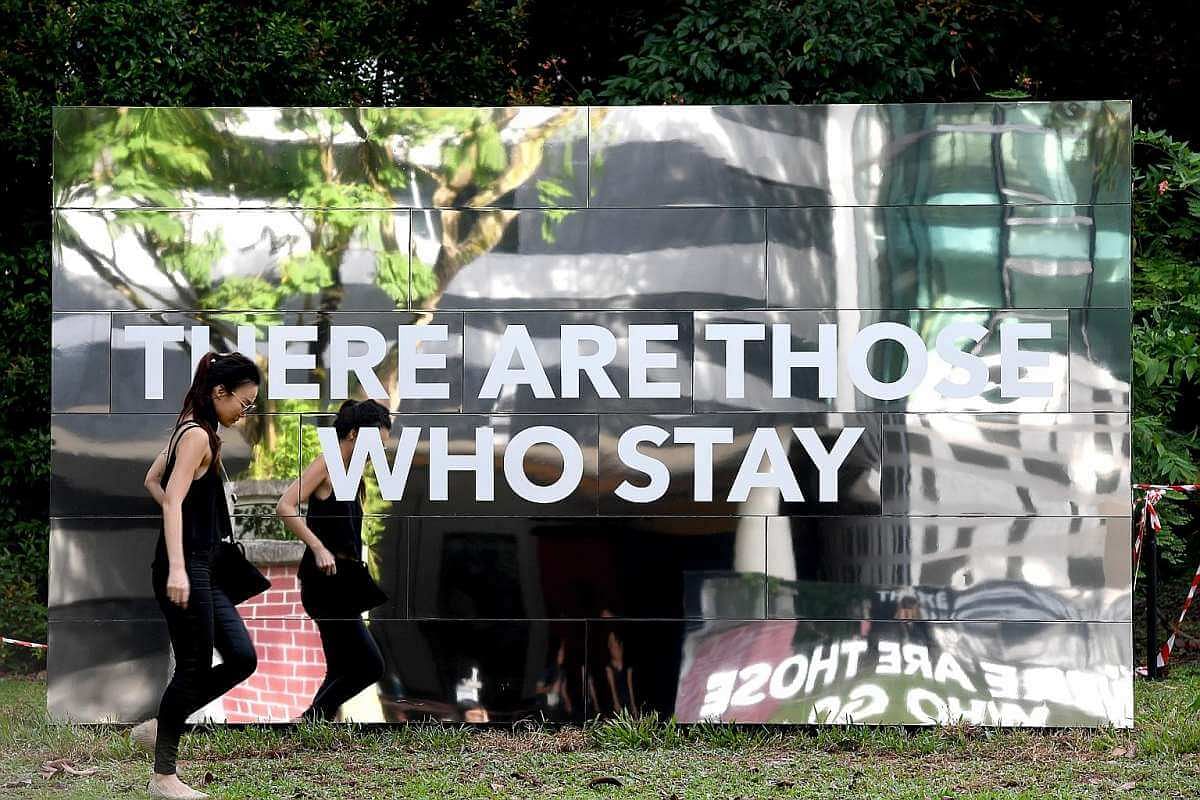
Who: Mr Michael Lee, Singapore-based artist-curator and Singapore Biennale associate curator
Recommends: There Are Those Who Stay/ There Are Those Who Go, 2016, by Perception3, an art collective from Singapore
Where: Stamford Green (the green space between the Singapore Management University and National Museum of Singapore in Stamford Road)
Why: Two walls of mirrors face each other, each carrying a phrase. One says, "There are those who stay" and the other reads, "There are those who go".
The large and thick walls have an overbearing presence. Yet from certain viewpoints, because the walls reflect their surroundings, they almost merge with and disappear into the environment.
The phrases and the location of the work may bring to mind the former National Library that stood nearby before it was demolished in 2005 to make way for the construction of a road tunnel.
However, the aim of the Singapore artist duo Regina De Rozario and Seah Sze Yunn, who make up Perception3, is not so much to invoke sentimental feelings than to offer a space for one to reflect on issues concerning decisions of staying and going, separation and loss.
Join ST's Telegram channel and get the latest breaking news delivered to you.
A version of this article appeared in the print edition of The Straits Times on October 25, 2016, with the headline Singapore Biennale: Take a 360° video tour of the works. Subscribe
